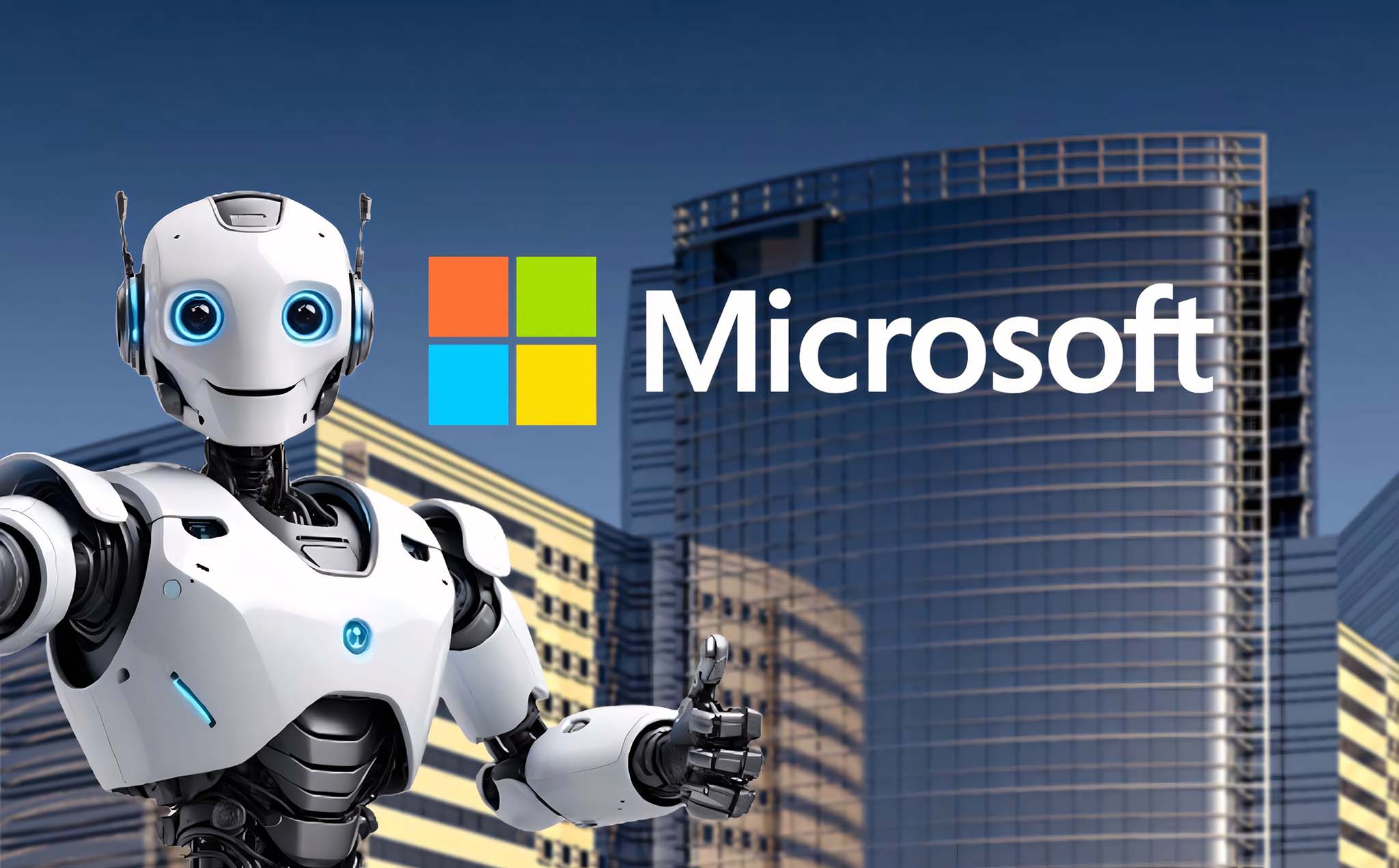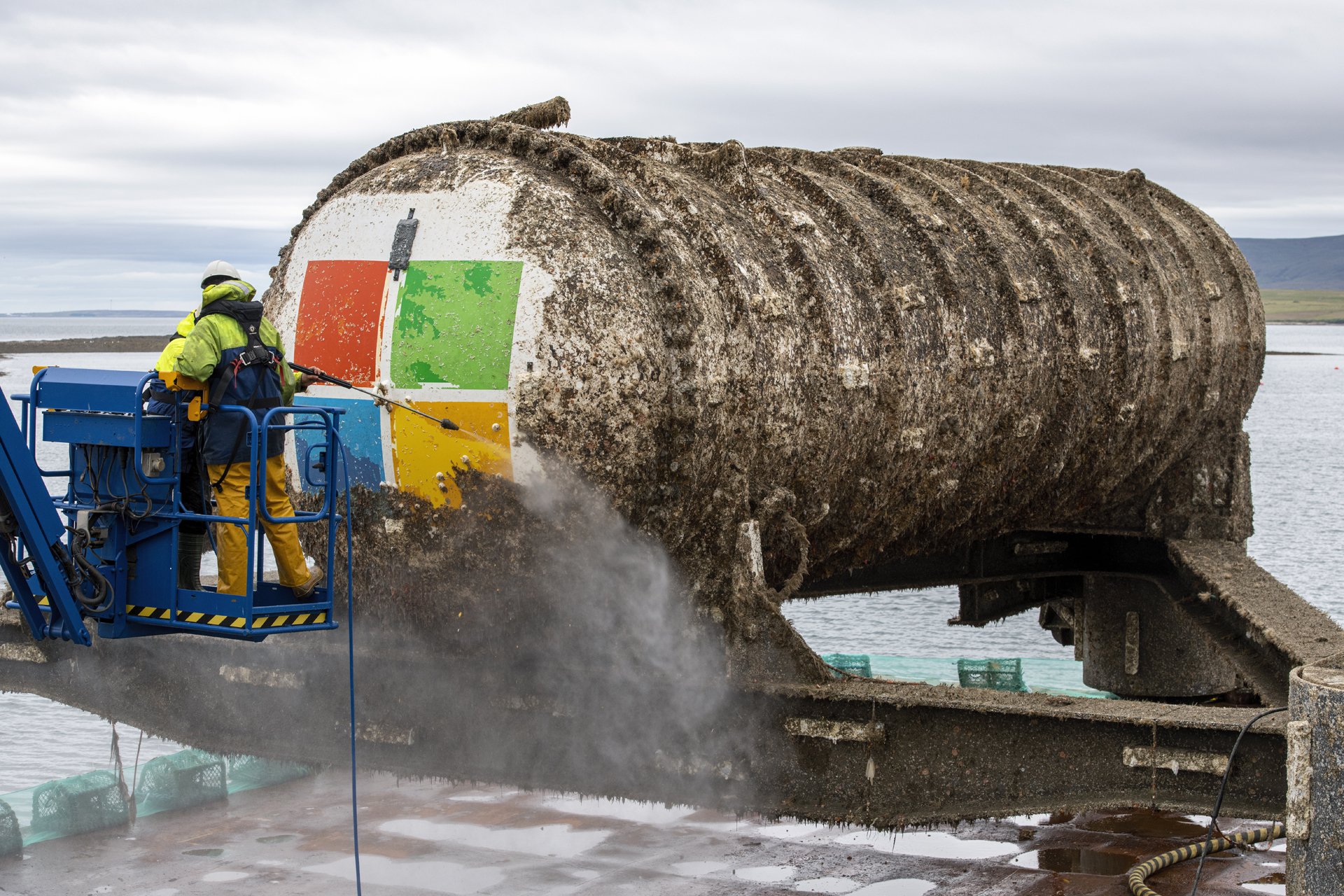Microsoft is reportedly eyeing nuclear energy for its AI ventures following the tech's exorbitant power consumption
Microsoft is looking into nuclear energy as a plausible option for its AI ventures.

What you need to know
- Microsoft has reportedly set its eyes on nuclear energy as a plausible option that can be used to power its AI ventures.
- A report suggests that Microsoft's Copilot and OpenAI would've consumed enough electricity to power a small country for a year by 2027.
- Microsoft has partnered with Helion, a tech firm that's slated to start generating nuclear energy through nuclear fusion by 2028.
- The company is also training LLMs to help hasten the regulatory process for nuclear projects.
In the past few years, we've witnessed a paradigm shift in the tech world with artificial intelligence playing a big part. Microsoft and OpenAI are at the top of people's minds when the subject comes up, especially after the former made a multi-billion dollar investment extending their partnership.
Admittedly, both companies have been able to achieve incredible feats. And while we can only imagine how much more can be achieved if both companies continue to tap into the technology optimizing its maximum potential, there's a huge concern revolving around the resources required to keep the ball rolling for AI.
Microsoft has seemingly clocked this issue, and according to a new report by The Wall Street Journal, the company has now set its eyes on nuclear power. We're no strangers to AI's exorbitant wants and needs, especially regarding the power and water it consumes.
Windows Copilot and ChatGPT could potentially consume enough electricity to power a small country for a year by 2027, amid local water supply concerns. Did you know that Microsoft and OpenAI use the equivalent of a bottle of water's worth of cooling every time you ask a question?
RELATED: ChatGPT costs $700,000 per day to run, which is why Microsoft wants to make its own AI chips
Microsoft looking into an alternative power source for its AI ventures will allow the company to explore the technology's capabilities fully, while simultaneously ensuring that it can sustain the energy required to achieve this while also reducing its carbon emissions.
It's also reported that Microsoft is currently training LLMs to help speed up the regulatory process for nuclear projects. If Microsoft can achieve this feat, then it will have access to an unlimited supply of nuclear energy to power its AI projects.
Get the Windows Central Newsletter
All the latest news, reviews, and guides for Windows and Xbox diehards.
Why nuclear energy?
In simple terms, nuclear energy is essentially a type of energy that comes from atoms. Atoms contain a lot of energy which can be harnessed and used as electricity. You can achieve this through nuclear fusion or nuclear fission. In general, radioactive material is super-heated and combined with water to produce plumes of steam, which then power turbines.
It is often touted as an alternative to traditional carbon-emitting fossil fuels, since the primary by-product of nuclear power generation is water vapor. However, some countries are sceptical.
While nuclear energy can potentially be used to power the entire world with minimal carbon emissions compared to other solutions, it can be extremely dangerous. Chornobyl and more recently Fukushima are both examples of nuclear power plants that went into meltdown, either via natural disasters or human error. To this day, Chornobyl in Ukraine is radioactive, and incredibly dangerous for people to visit, owing to cancer-causing radiation emissions. Areas of Fukushima also remain inhospitable. There is also the question of radioactive waste, which is another by-product of nuclear power. This waste remains radioactive for thousands of years, and right now, the only solution we have is to bury it within deep bunkers and silos. America produces 2,000 tonnes of nuclear waste every year, and that number is likely set to grow as more and more countries consider nuclear energy to be a powerful alternative to greenhouse gas-causing power sources, such as coal.
Many countries such as the United Kingdom are exploring "mini" nuclear reactors for small-scale power needs. Microsoft's interest here could help it achieve its goals to become a "net zero" carbon emitter by 2040.
Microsoft is on course with its plans for nuclear energy

The company seems to be on course with its plans having partnered with Helion, which has elaborate measures in place to start generating nuclear energy via nuclear fusion by 2028. There's already a nuclear technology program manager job opening at the firm, whose role will entail crafting a reactor strategy designed to "power the data centers that the Microsoft Cloud and AI reside on."
While the nuclear energy route seems like a fireproof way for Microsoft to deal with its AI power needs, the company will have to tread carefully to ensure that it doesn't cause more problems than solutions.
What are your thoughts on Microsoft shifting its focus to nuclear energy for AI? Let us know in the comments.

Kevin Okemwa is a seasoned tech journalist based in Nairobi, Kenya with lots of experience covering the latest trends and developments in the industry at Windows Central. With a passion for innovation and a keen eye for detail, he has written for leading publications such as OnMSFT, MakeUseOf, and Windows Report, providing insightful analysis and breaking news on everything revolving around the Microsoft ecosystem. While AFK and not busy following the ever-emerging trends in tech, you can find him exploring the world or listening to music.
-
naddy69 What could possibly go wrong here? 🙄Reply
They are using so much power because of servers running Intel CPUs, which suck huge amounts of power even when idling. They also create lots of heat, which means you need even more power to keep them cool.
I think I would try running Arm CPU servers before I started building more nuclear reactors to power my Intel CPU servers. -
fjtorres5591 What could go wrong?Reply
Very little, if anything.
Go do some research before handwringing.
Like, they're already using ARM tech and even more advanced chips and it's far from enough. The second law rules.
